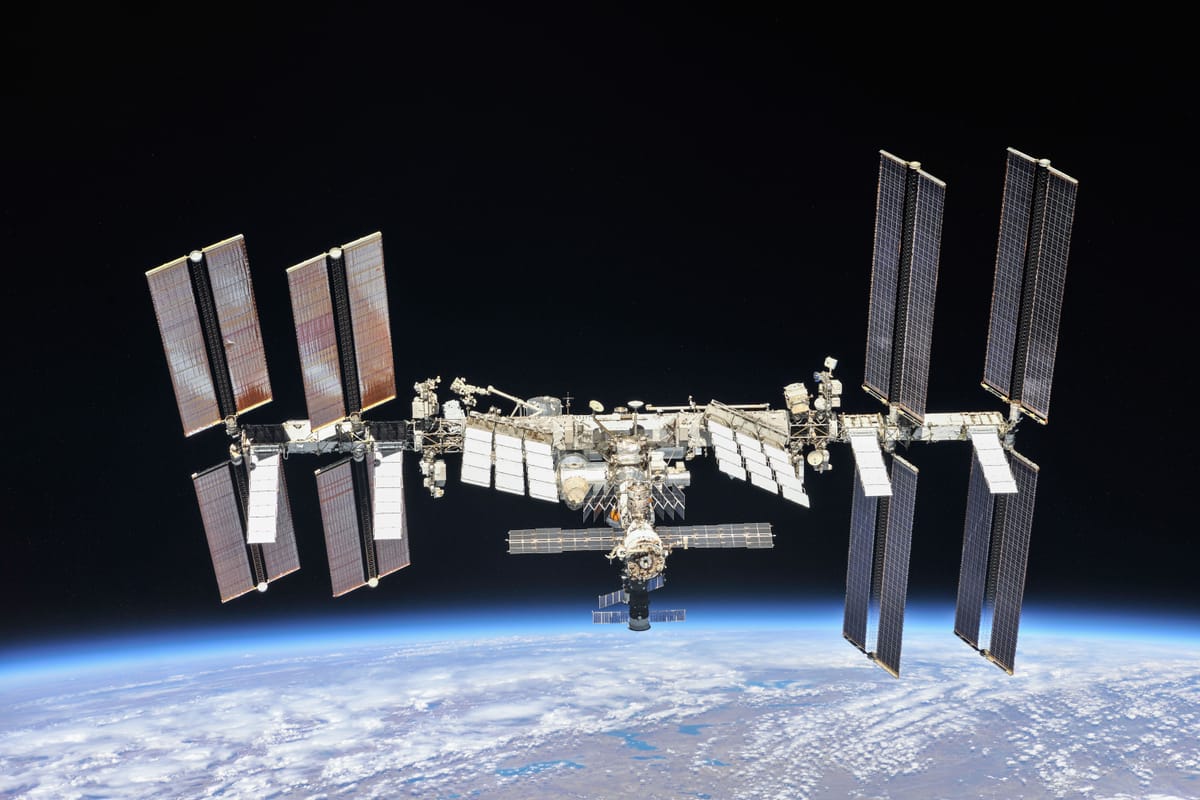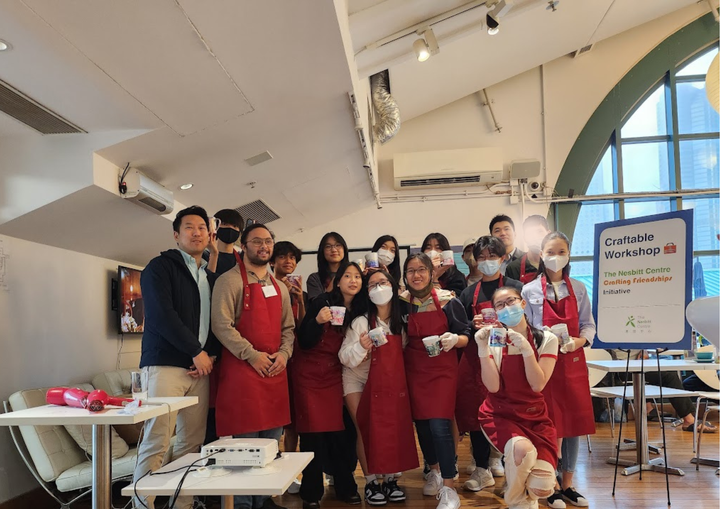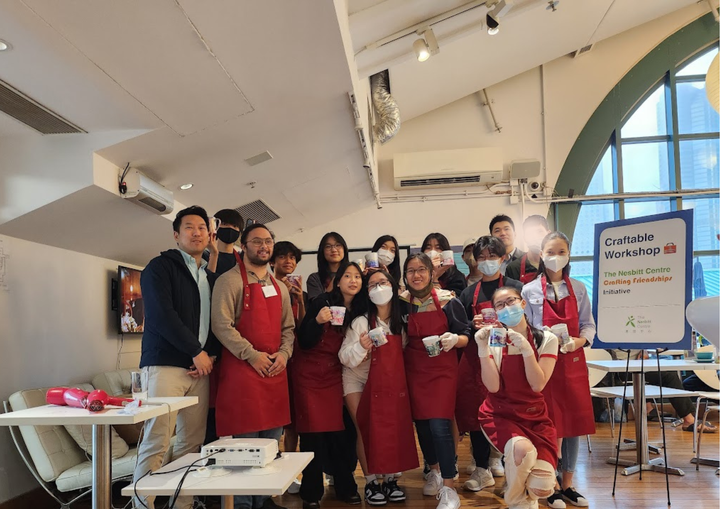The International Space Station just celebrated its 25th anniversary
The International Space Station (ISS) is one of the most impressive international science initiatives in history.

A few minutes every morning is all you need.
Stay up to date on the world's Headlines and Human Stories. It's fun, it's factual, it's fluff-free.
The International Space Station (ISS) is one of the most impressive international science initiatives in history. But, the ISS is set to retire sometime in 2031 – with the last astronauts leaving in 2030. With the ISS’s 16 modules serving as an iconic space base for astronauts from all over the world, this is disappointing news. But it’s simply becoming too old. Pieces of the station are showing cracks, and there have been air leaks reported, too. Plus, a lot of the in-flight systems are past their expiration dates.
So let’s celebrate the ISS while we still can.
December 6 was the station’s 25th anniversary. In 1998, a space crew connected the US-made Unity module to the Russian-made Zarya module, officially beginning ISS construction. It wasn’t until November 2000 that the ISS would be continuously occupied by crewmembers, with each crew living on the ISS for about six months at a time before switching out with another. Now, the ISS has completed over 100,000 orbits of Earth.
Mostly, the station has been used to conduct research on the conditions of humans and technology after being in space for longer amounts of time, especially as space agencies plan longer and more complex space missions. Other research involves seeing how innovations in space can help solve Earthly problems. Crewmembers have looked into how biology processes work in microgravity, and that has improved research into Alzheimer’s, Parkinson’s, heart disease and asthma. On top of that, the ISS’s protein crystal growth experiments have contributed to progress in treatments for things like cancer, gum disease and Duchenne Muscular Dystrophy. Astronauts have also researched new water purification methods, “cool flames” that burn at super-low temps, the Bose-Einstein Condensate (considered the fifth state of matter), growing food in microgravity, 3D printing in microgravity and natural disaster responses.
"The other thing that we've all been getting to work on ... is a couple of different experiments in the life sciences glove box," NASA astronaut Loral O’Hara, one of the flight engineers of the current ISS crew, said during a call on Wednesday. "And those experiments are all studying aging, so [the] aging process of the human body and our immune system and how that's impacted as we age."
The ISS has also shown how countries that don’t always see eye to eye on Earth, like the US and Russia, can still collaborate. When it comes to scientific progress, we all benefit from working together.




Comments ()